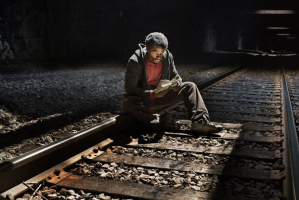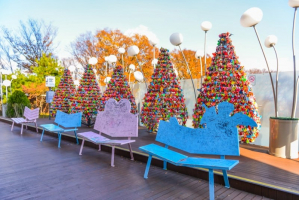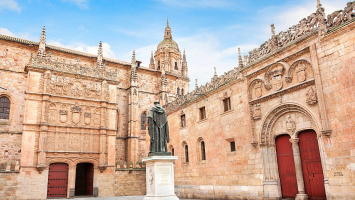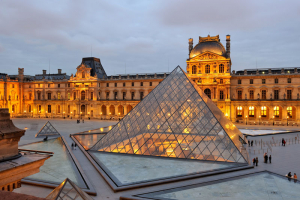Top 10 Weird Communes From Around the World
Most people these days don't think twice about the design intent of the locations they reside. Nobody asks how or why people go to New York or why it is called ... read more...New York. But new intentional communities are constantly forming, where like-minded people choose to live together with shared values in order to try to survive in a way that might be a little different from how the rest of us are used to. It might be as straightforward as a bunch of vegans seeking to coexist peacefully with nature. Naturally, a few of these communes do become a little stranger.
-
The notion of a community that emerged in recent years was undoubtedly the most unexpected because it had nothing to do with hippies, religion, or any other form of spirituality. Ron Paul served as its focal point, a 50-acre gated community in Texas where the three-time presidential candidate's fans might coexist in harmonious, Paulfect peace. Paulville was going to be the name.
Paulville was not anything Ron Paul personally supported. He believed that rather than grouping together and isolating, persons with similar views should really spread out in order to be heard widely. Nevertheless, the goal was to create a libertarian utopia that was devoid of restrictions, leaving things like planning laws and other laws that restrict personal freedoms to the rest of the world.
Paulville, perched high in the mountains, would make the most of the sun's energy for solar power and avoid the grid as much as possible. People had the option to utilize the commune's water or electricity, but they weren't required to. The day was all about freedom. They even bought 50 acres of land and built a town sign. Then everything kind of broke down.
The website stopped functioning in 2008, not long after the proposal was announced. Although the commune was never really realized, for a brief period of time it was almost the only community in America founded by a live politician who had no desire for it.- Country: USA
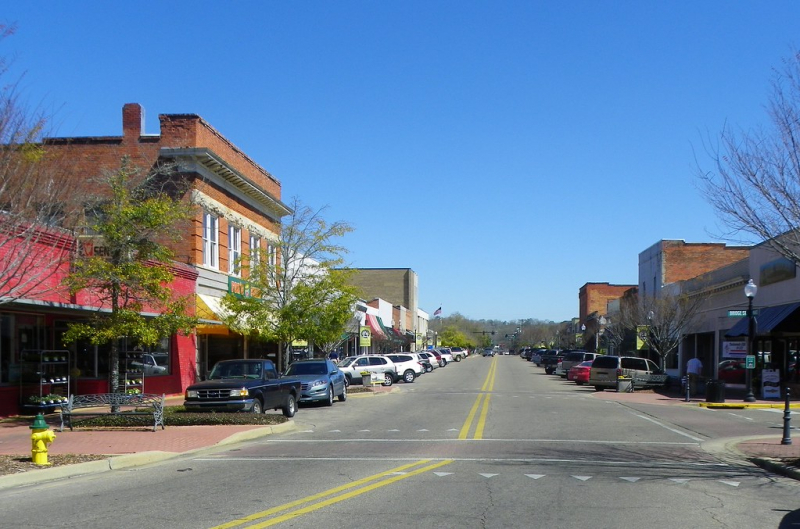
https://www.flickr.com/ 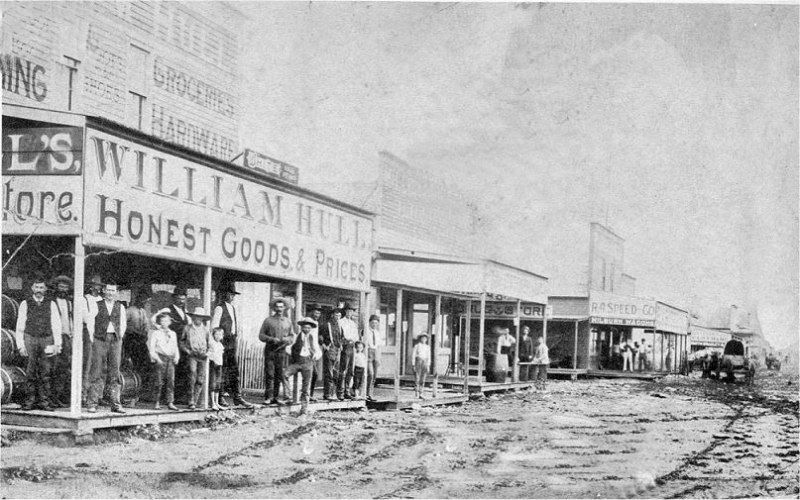
https://www.pinterest.com/ -
Freetown Christiania, or simply Christiania, is a community that essentially hijacked an abandoned army camp and renamed it home. It is situated in the center of the Danish city of Copenhagen. You may have heard that if squatters move in on a home in America, it may be challenging to kick them out. Well, it appears that Denmark is much worse. Since they arrived in 1971, these squatters have remained.
The commune ran as if it were a separate nation right in the center of the metropolis for many years. Government officials in Copenhagen allowed this to continue for so long that it appeared to get out of hand, and they didn't even technically abide by Danish law. The community sold marijuana openly for years while the police pretended not to notice, but in 2004 they began to take action. By 2010, the commune had made the decision to abide by Danish law in order to remain where they were. Despite this, you can still find marijuana occasionally, and the police occasionally conduct raids. Because of the bloodshed that the drug trade causes, some locals want it to be destroyed. After all, these are Danish hippies.
The initial commune was founded by artists and drifters who made the decision to move inside the vast, unoccupied military base that had been built back in 1617. It had not been used since World War II and had been vacant ever since.
Finally, in 1971, locals assaulted the gates, broke in, and opened shop. For years, they lived reasonably freely, making art and using drugs while creating their own currency. There are numerous restaurants and souvenir shops, and the tourism industry is thriving. Theft, heavy narcotics, and violence are all forbidden. Though it's still courteous to ask, photography is no longer as restrictive as it formerly was.- Country: Denmark
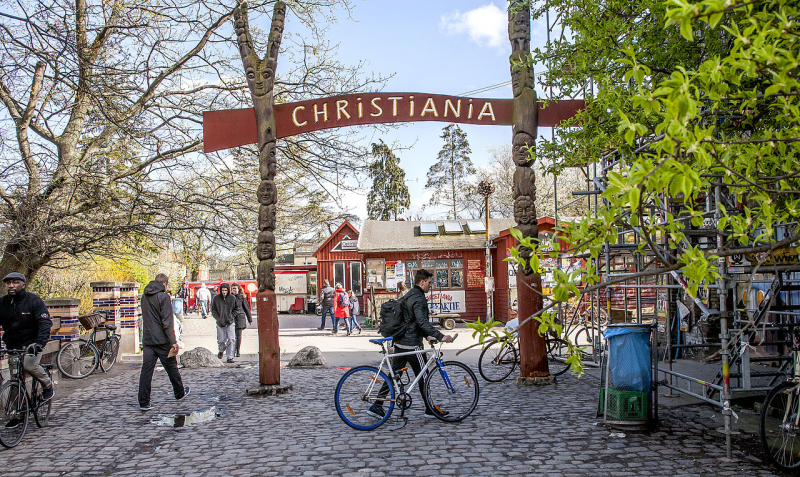
https://www.worldatlas.com/ 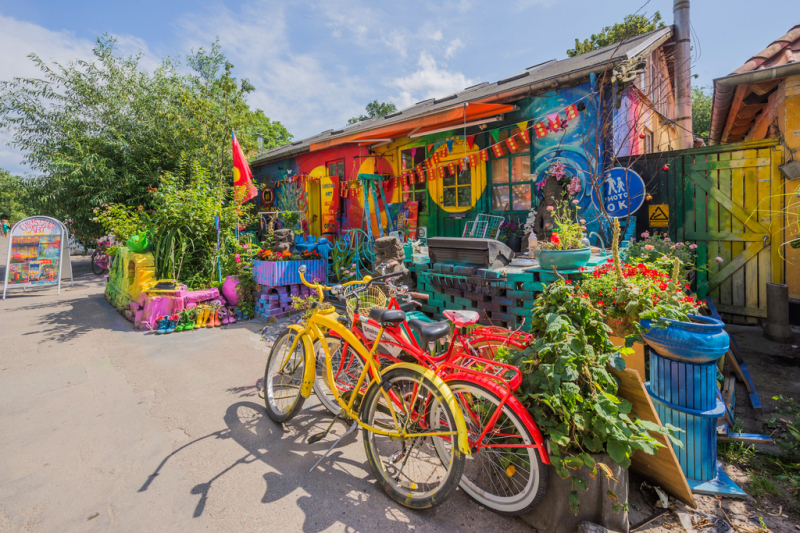
https://www.outlookindia.com -
The town of Whittier, Alaska, is comparable to the Jesus People in a material sense, though not in a spiritual one. This community appears to be more of a required one than one that was intentionally formed like other communes. There are roughly 272 people that live in Whittier, and nearly all of them share a single building. The Begich Tower, a massive pink and white apartment building, effectively houses the entire city.
A laundromat, a store, a post office, a clinic, a church, and even a police station are located in the 14-story structure. There is a school, and an underground tube links it to the structure. Everything else is in the structure, which was a former army barracks, and it is quite difficult to get to. It's simplest to get there via boat. On the Passage Canal, the village is around 60 miles from Anchorage. Route travel is an option as well, however there is only one road that, depending on the weather, includes a tunnel over the mountains and is occasionally one-way. Moreover, it closes at night.
Most locals are aware not to drive in the winter because the town typically receives 20 to 22 feet of snow annually. Residents rarely need to leave the building for any reason because it has all the amenities of a town, and rumors have claimed that some have not gone outside in years.- Country: USA

https://www.pinterest.com/ 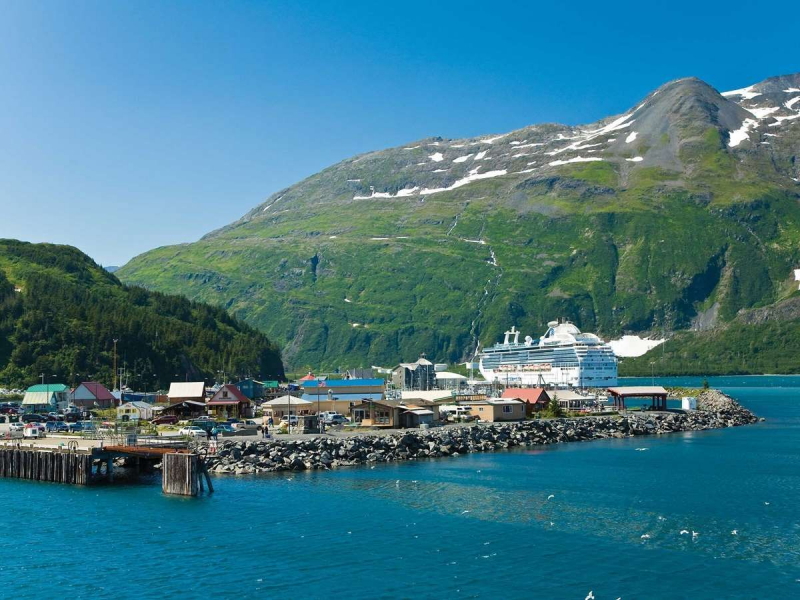
https://www.pinterest.com -
Maharishi Vedic City is located in the most unlikely of locations—the middle of nowhere in Iowa—but that is exactly where it is. With fewer than 300 residents, it is the first city to be incorporated in Iowa since 1982. Although Sanskrit is the town's official language, most people still communicate in English for commercial purposes because Sanskrit courses on Duolingo are currently unavailable.
Maharishi Mahesh Yogi, who introduced transcendental meditation to the West in the 1960s, is credited with creating the town. He and his adherents contend that there exist prehistoric Sanskrit writings from about 2500 years ago that include knowledge about how Indian Rishis in that time had a natural understanding of science, the cosmos, and everything else, including art, music, and even construction. The town is thus intended to be a physical representation of the concepts presented in those works, especially those related to architecture.
The town's development cost tens of millions of dollars, and although while it is not as large as they had hoped, it is nevertheless a remarkable achievement. Food that is not organic is not allowed inside the town limits. They were the first totally organic village in the nation and don't use synthetic fertilizers or pesticides. From a 160-acre farm, they sell their organic vegetables locally and to stores like Whole Foods.
According to the teachings of the ancient books, the inhabitants live in peace and harmony with nature, and tourists can engage in activities like yogic flight. Future plans call for completely relying on renewable energy sources including wind and solar electricity and electric vehicles.- Country: USA
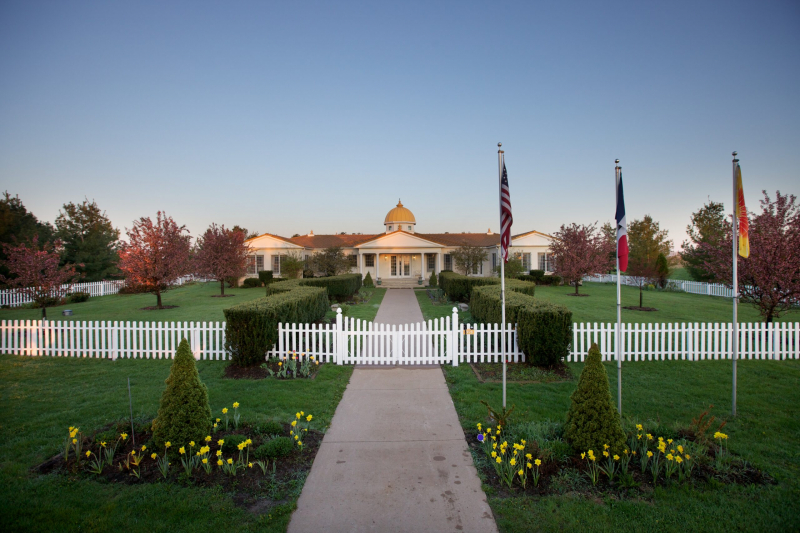
https://rajawynneslife.org/ 
https://www.gettyimages.com/ -
The Federation of Damanhur is a group of people that are sort of connected by religious belief but more by spiritual views and goals. It was established in Italy back in 1975. For instance, they think humans may interact with extraterrestrial humanoids through meditation if they exist on other worlds. Additionally, they established their group in secrecy without telling the Italian authorities of their activities. How did they manage that? One team member claims that in order to drown out the noise when they were working loudly, such as when digging a mountain, they would play records.
Practically speaking, 800 people live there, and there are additional communes in different places. There are different levels of participation, and members are not required to live on the property. Members contemplate humanity, spirituality, the cosmos, and everything in between while residing communally in homes with up to 20 individuals.
The temples, which were constructed covertly in a mountain and boast some aesthetically stunning artwork and design, are the primary attraction of the commune. The many chambers each have a different theme and are as elaborate as anything you're likely to see anyplace in the globe. The Hall of Mirrors is devoted to music and the sky, while the Blue Temple is devoted to meditation. There are a ton more, and members are free to use them for sleeping or studying.- Country: Italy
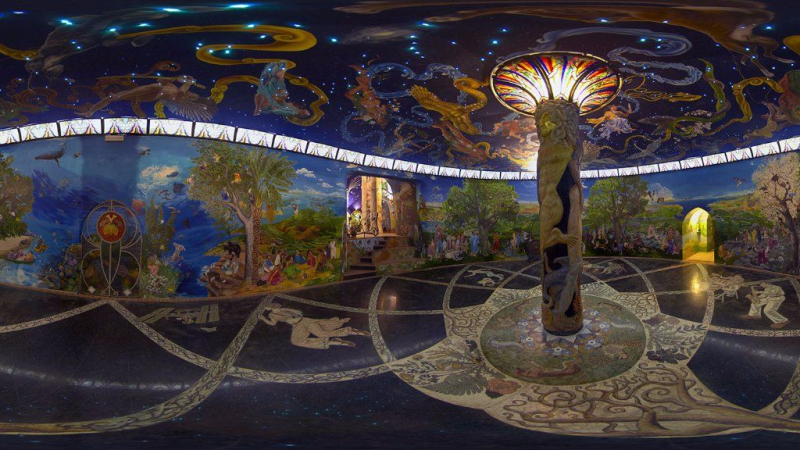
https://www.pinterest.com/ 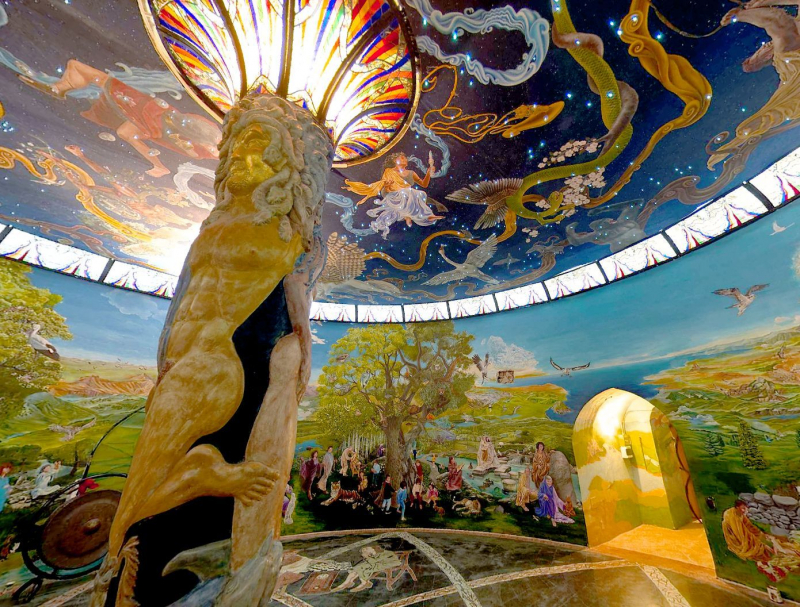
https://www.damanhurblog.com -
You probably have a mental picture of these individuals merely from hearing the name "Jesus People USA" It is not made apparent that the community was established in the first half of the 1970s. They estimate they have 200 members. Additionally, they all share a single Chicago building.
This community has resided in the same 10-story building on Chicago's north side for decades, rejecting the stereotype of isolated farm communes or compounds. The group shares a home and works as a team. Nobody works for their own financial gain. They generate revenue for a collective effort to cover costs.
The group is very passionate about music, and they even run their own record label. Anthony Cox, Yoko Ono's ex-husband, was a member, and they have a long history of involvement with music festivals in addition to having a significant influence on Christian Rock. Despite this, not all is rosy because the group has occasionally been criticized for being a little dubious and autocratic. It goes without saying that the group itself rejects allegations of abuse, and nothing has been established in court, so the Jesus People continue to operate in their contemporary hippy tower.
- Country: USA
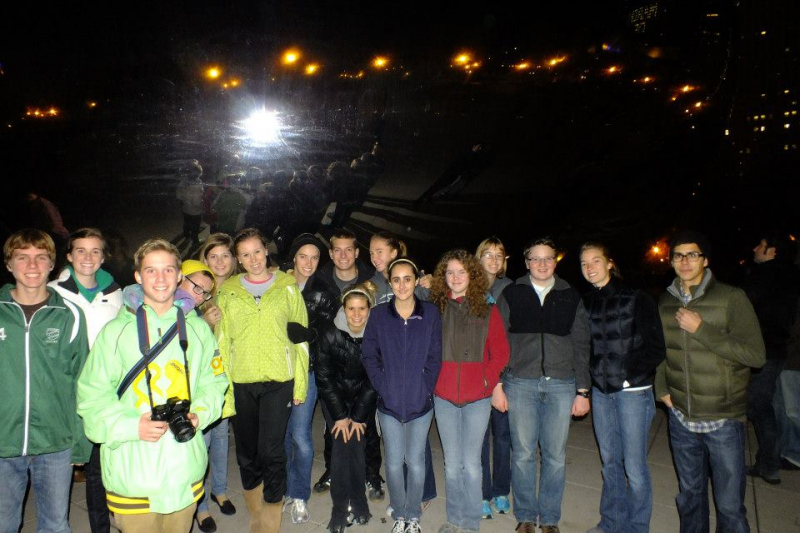
https://blogs.hope.edu 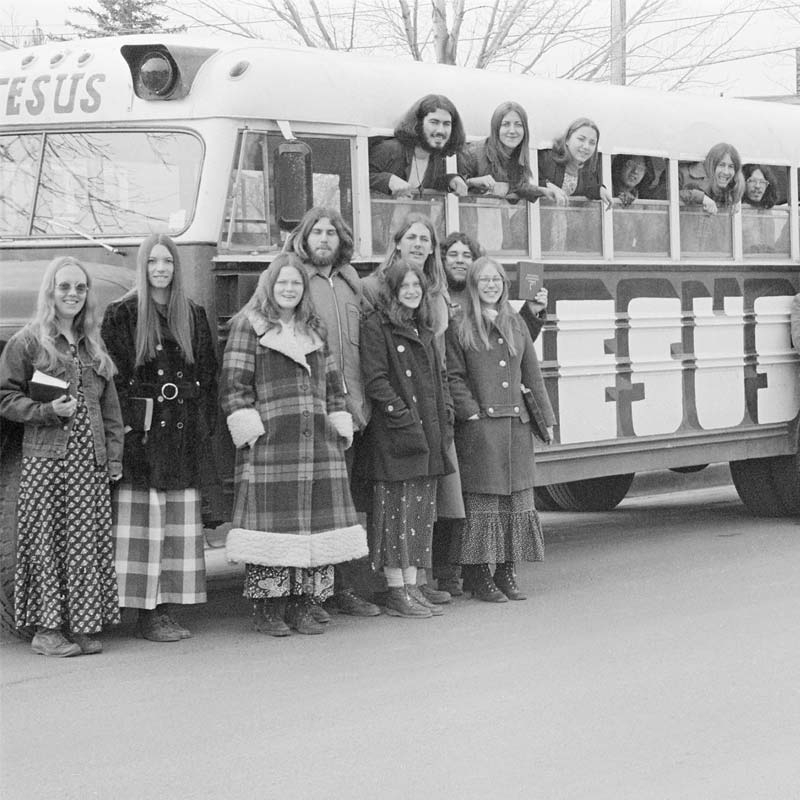
https://jesuspeoplechicago.org/ -
The majority of communes either develop out of a hippie-like more secular feel or from a desire to express certain religious ideas. The second variety was called Black Bear Ranch. It was designed as "free land for free people" when it was first started in the late 1960s.
The community was founded in a long-abandoned former mining village that its residents had acquired using proceeds from an LSD transaction. It developed into something much bigger over time. Even though there are only a few dozen residents there at a given, it has been thriving for decades, proving that some people can manage despite the place's peculiar past.
As a method of support, community people turned to forestry, fighting fires and planting new trees. To stop people from unintentionally being married, they created rules and employed peyote in rituals. Over two consecutive nights, no one was permitted to share a bed with the same person. Even a sign-up sheet was provided so residents could indicate who they had slept with. This caused a VD outbreak. Due to a hepatitis outbreak, they once had to prohibit people from sitting at kitchen counters. Even though they appear to have improved the way things are run, the commune is still there today.
- Country: USA
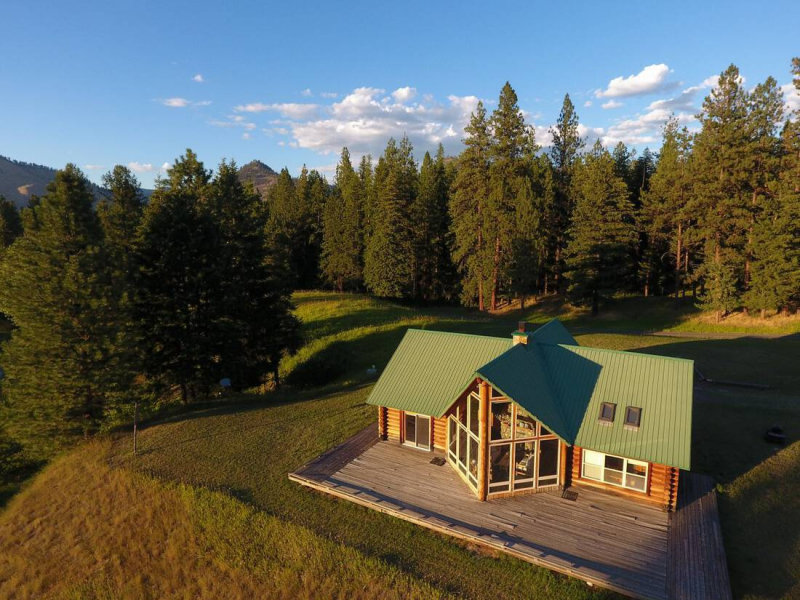
http://republicranches.com 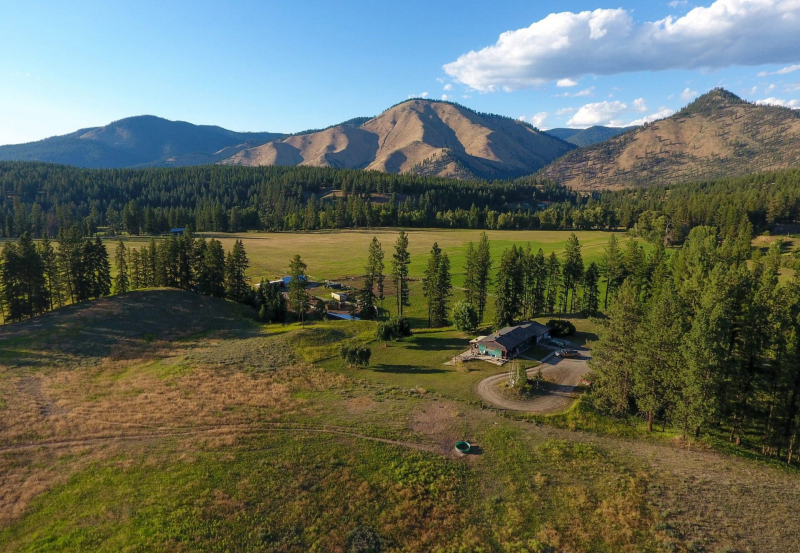
https://fayranches.com/ -
The distinction between a commune and a cult is blurry, and occasionally one can turn into the other very fast. Informally, the primary distinction between the two appears to rest on a shaky comprehension of how the members are handled. If everyone here is just a hippie singing songs and cultivating squash? It might be a commune there. It might be a cult if your leader forces you to wed him or makes you wait for a UFO to take you away.
A SWAT team attacked the Garden of Eden community in North Texas after deciding that they were a cult and tore their commune apart. The cause? They were looking for guns and drugs. These are other signs that your commune is likely a cult. The commune later filed a lawsuit against the city since the raid turned up nothing. It turns out that cops obtained a warrant for probable cause based on four hazy criteria.
One was that, although there was no record, the founder had been detained on marijuana-related charges two months prior. The founder then discussed bad gardening with undercover police agents. Their website referred to the food they prepare using the vegetables they farm as being "ultra dank," which to law enforcement signified marijuana. Finally, police were informed by an unnamed source that the property had guns.
When the police arrived, they discovered sweet potatoes and tomatillos but no weapons or illegal substances. The police department was sued by the commune for 4th Amendment violations, but the case was delayed for several years for a variety of factors. But in the end, it appears that the commune was really a group of kind, innocent hippies who don't even produce weed.
- Country: USA
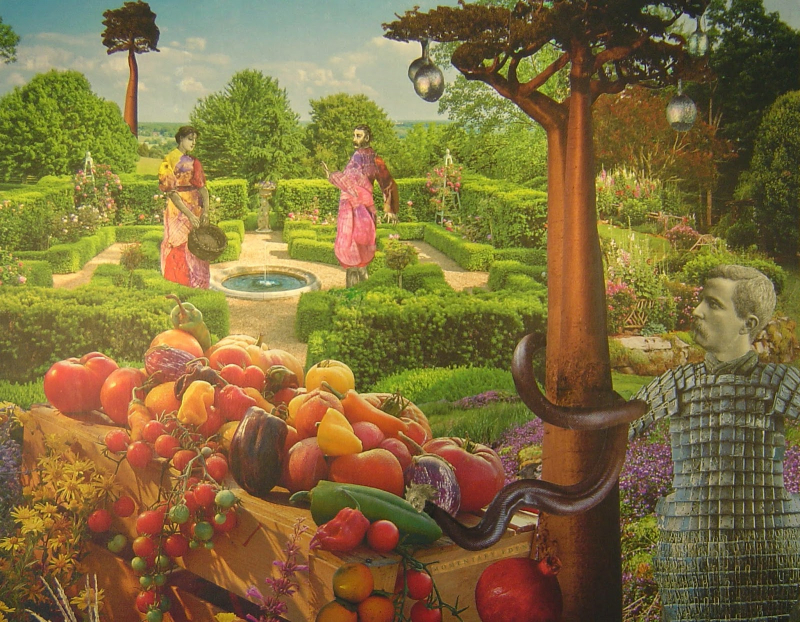
https://dr2mccoy.blogspot.com/ 
https://ordonews.com/ -
If you've ever heard of Oneida silverware, you might be astonished to learn that the firm that provides high-quality, reasonably priced silverware to the general public was founded by a polyamorous commune. Oneida flatware, which comes in a velvet box and is silver-plated, has been in use for many years. But before all of that, it was a Utopian society with more free love and less silver in circulation.
The commune, which got its start in 1848, was astonishingly progressive. Here, traditional gender norms were disregarded in favor of a far more egalitarian attitude to work and life, and women were not seen as second-class citizens. Members of the commune lacked any private property. Everyone contributed to the common welfare. Men and women both worked there. Nobody was more superior or useful. And at the end of the day, they thought that the best way to feel God's might was to engage in various acts of sex with numerous others.
So how does a group of people who think having plenty of sex will give them the Holy Spirit become a silverware company? Slowly. The commune engaged in a variety of activities to generate income, including the manufacture of animal traps and chain link. One of the members decided they could start producing spoons sometime in the 1870s. By the 1890s, they did nothing but it. The company survived while the commune perished. In reality, the brand is still in use today despite being sold in 2006 to a larger organization, so there is now considerably less affection in whatever cutlery you purchase.
- Country: USA
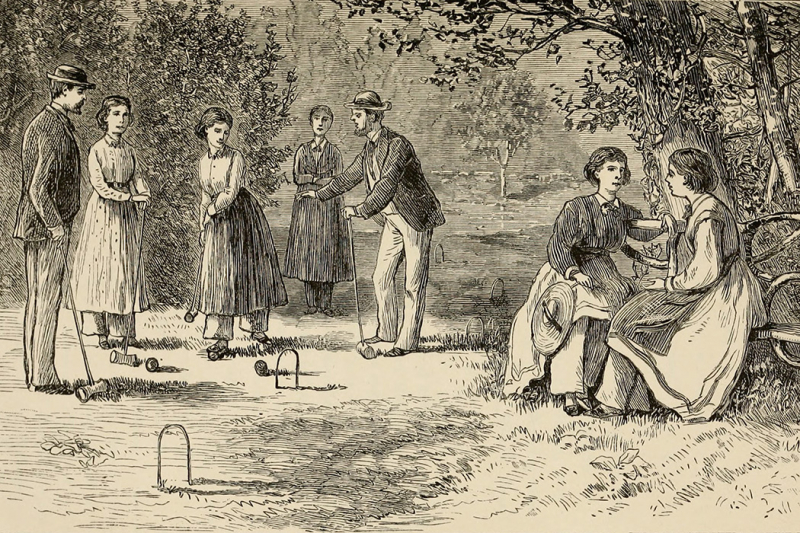
https://daily.jstor.org 
https://www.haikudeck.com/ -
China's Kingdom of the Little People has one thing going for it: it can be classified as both a tourist attraction and an exploitative cash grab, depending on who you ask. Either it's a community where little people can coexist peacefully and earn a living, or it's a contemporary sideshow where little people are taken advantage of for financial gain. It might be both.
The Kingdom was established in 2009 with the purported goal of providing security and meaning to the underprivileged citizens of China. Chinese culture can be harsher toward children than what we are used to in the West, and, let's be honest, people are very cruel toward children here as well. The residents of the commune, which is a popular tourist destination, are visible living in homes that resemble toadstools. They compete in things like gymnastics competitions, dances, and parades. It seems to function like a theme park because visitors pay and cheer.
But the tiny actors—all of them—really do reside here. Away from the tourists, not in toadstool huts, but in actual homes. There is a height restriction on who can live there. They can get genuine city jobs like security, cleaning, or food preparation if they aren't entertainers. The government there is elected. In most regions in China, little people are unable to obtain these kinds of jobs. Additionally, probably even more advantageously, they are not harassed, teased, or mocked elsewhere, which is a big issue.
Although the exploitative and oddly contrived character of the entire area is questioned, residents tell reporters they are content. What can you say about a city where even the stray dogs are small chihuahuas and papillons? There is definitely an idea being forced here. But if the populace is actually content, perhaps it's acceptable.- Country: China
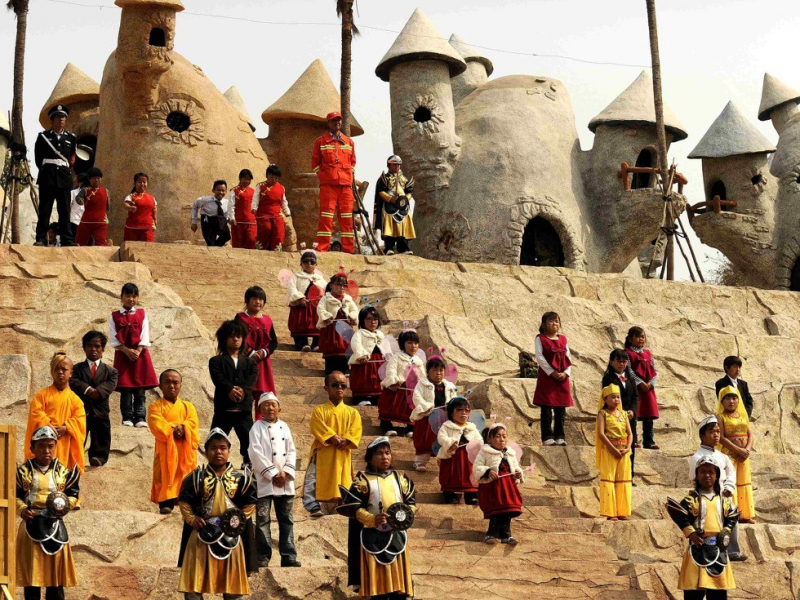
http://www.yunnanadventure.com/ 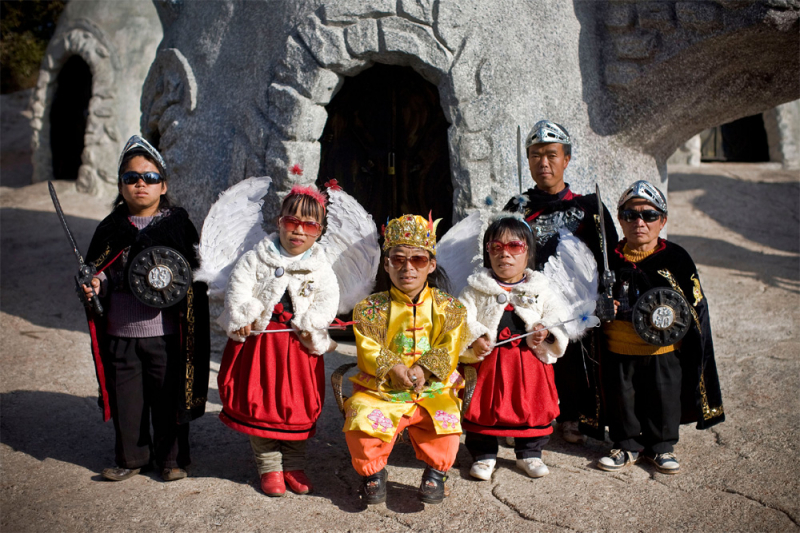
https://globalhobo.com.au/ - Country: China















